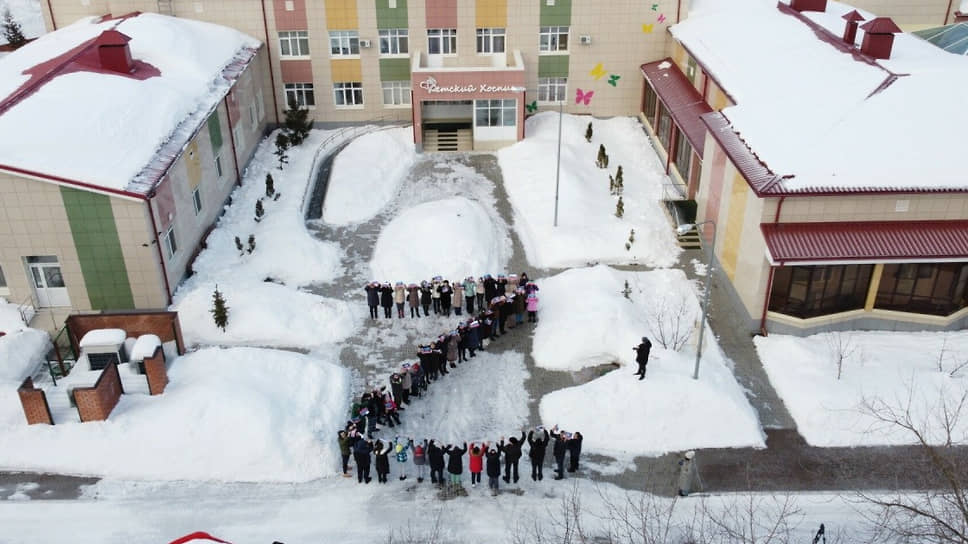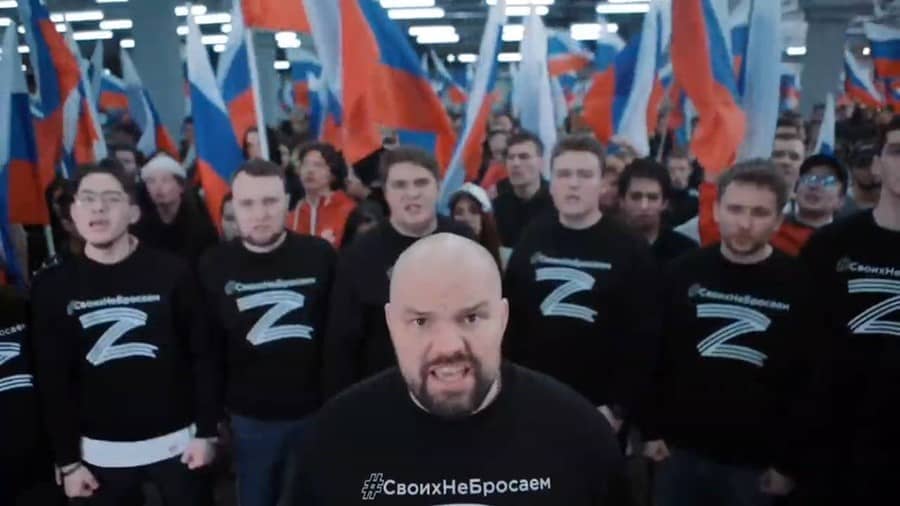National symbols are usually proudly emblazoned for all to see. That’s the point of them. One, though, seems rather to have crept up on us in recent weeks, being flashed almost like a secret tattoo and then quickly covered up again. It is the letter ‘Z’ that Russians have started using to denote national solidarity and support for their country in the war in Ukraine.
The Z came to international notice when a Russian gymnast, Ivan Kuliak, displayed it prominently on his strip two weeks ago while standing next to a Ukrainian competitor at a tournament in Qatar. He now faces a disciplinary inquiry as under the rules such symbols must not be worn.
Given the exclusion of Russians from most sporting events, this may turn out to be a rare sighting on a medal podium. On the other hand, where Russians are allowed to compete, it is now generally without their national flag – which may be one reason for the appearance of the Z as an unofficial substitute to denote national allegiance, with an added note, perhaps, of defiance.
The symbol was first spotted on Russian military vehicles entering Ukraine, the letter amateurishly daubed on trucks and tanks. Some suggested that this was a practical move, designed to mark them as ‘friendly’ when they came across other Russian contingents. Practical or not, the marking seemed to have no official sanction, rather to have spread organically as a sign of national solidarity.
The symbol was first spotted on Russian military vehicles entering Ukraine, the letter amateurishly daubed on trucks and tanks
Zs then began to proliferate in both the real and virtual Russian world. They appeared as graffiti on residential buildings; inserted into Russian place names and turned into badges and printed on clothing. Social media posts gave instructions in how to draw one (the letter Z does not appear in the Cyrillic alphabet). In perhaps the most notorious example, a group of children at a cancer hospice were filmed being lined up in a Z-formation in the yard.

At one point the Russian Ministry of Defence posted on Instagram that the Z was an abbreviation of the Russian phrase ‘for victory’ (za pobedu in Latin letters). Some have arranged black and orange ribbons into a Z formation, black and orange being the colours of St George, which play a similar role in Russian second world war remembrance commorations as the poppy in the UK. The significance of the ribbons now might also be to draw a parallel between what Russians call ‘the Great Patriotic War’ fought against Nazism, and the invasion of Ukraine, whose stated aims, as set out by President Putin, include ‘de-Nazification’.
There is an irony in Russians using a Latin letter as a national symbol, unofficial or not. One of the points of contention before the war was the status of the Russian language in Ukraine. Its many detractors also made comments to the effect that the jagged Z had something in common with the Swastika.
So far, the Z as a pro-war symbol seems to have taken off in quite a limited way, and not – yet – to have been given the official imprimatur of the Kremlin, even as it appears to be being pushed from well-placed quarters. Then again, the calculation might be that giving it official approval could diminish its popular appeal.
Whether or not Russia’s Z becomes widely embraced, however, its stuttering start and the hostility it is attracting outside Russia serve to underline one reality of the Ukraine war. As the invader, with a massively more powerful army (at least on paper), Russia was always going to have a public relations problem.
But it has been magnified many times over not just by the courage shown by so many Ukrainians, but by the imagination, verve, and – yes – charm, with which they have presented their case. Whether it is President Zelensky, whose professional stagecraft and savvy use of the media have set a new standard for national leadership, or ordinary Ukrainians painting over road signs so that all roads lead to the Hague, Ukrainians have already prevailed in the court of international opinion.
Something similar goes for official national symbols. The Ukrainian flag, with its blue for the sky and its gold for the wheat fields, has acquired an appeal Russia’s tricolour lacks. And if it is Ukraine’s ubiquitous sunflower against Russia’s double-headed eagle, is it any wonder Kiev is winning the battle for hearts and minds?
They have also shown an enviable ability to get their message across, not just at home but abroad. Ukrainian ministers, local officials, and spokespeople have made themselves available to the international media – even in wartime conditions – in a way that puts Russia to shame. They speak good English (and other languages), and they know how to argue their case. Where is the new generation of Russians able and willing to do the same? They are mostly invisible or silent – or have left their homeland for abroad, leaving the grizzled diplomats of yesteryear to hold the fort as they can.
Just as Russia was shocked into reforming its military after the 2008 war in Georgia, so it should be shocked by the way it has been thrashed on the PR front in 2022. This is something Russia will have to address in future, quite as much as its performance on the conventional field of battle.






Comments